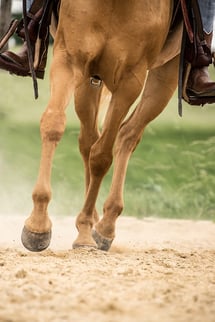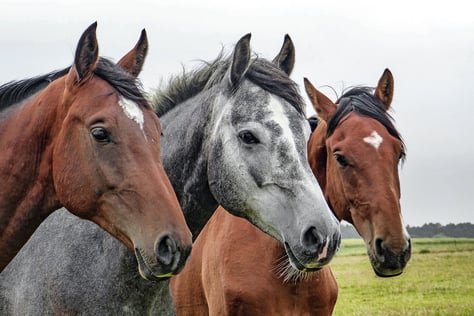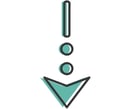Your horse’s hock is anatomically similar to a human ankle. It consists of four joints and six bones. Two common hock problems are bog spavin and bone spavin. They sound similar, but are different because some of the hock joints are high motion (they rotate through a wide angle during locomotion) and some are low motion.
 Bog spavin
Bog spavin
The term bog spavin refers specifically to swelling in the tarsocrural joint of the hock, I.e. the large joint at the top of the hock. It is a synovitis, which means it is inflammation of the inner lining of the joint capsule of the tarsocrural joint specifically. The swelling can be mild, moderate or severe and can be caused by several factors, some of which are more serious than others. The cause of the swelling should be determined by a veterinarian with radiographs, ultrasound or even synovial fluid analysis.
Frequently in older horses, bog spavins are present without lameness, even when the swelling is chronic and significant. However, veterinarians may see this in young horses and will want to rule out osteochondritis (OCD) as the cause. These lesions can be visualized on radiographs.
After the cause of the increased fluid is determined, you can then work together with your vet to formulate a management plan. These plans often entail serial radiographs or exams, intra-articular injections, administration of non-steroidal anti-inflammatory medications, regular administration of drugs such as Adequan or Legend, changes in nutrition, changes in shoeing, and changes in exercise routine.
Bone Spavin
Bone spavin refers to osteoarthritis of the two low motion joints at the "bottom" of the hock, the distal intertarsal joint and the tarsometatarsal joint. Bone spavin is probably the most common cause of hock lameness or pain in horses. Even though the joint are low motion, arthritis in these structures can cause a significant amount of pain. It is basically caused by repetitive trauma or "wear and tear" on these joints in adult horses.
Additionally is can be seen in younger horses that have predisposing conformation. For example, if a foal was born prematurely and the carpal bones were not fully formed at birth, compression during standing and walking can produce enough pressure to change the shape of the tarsal bones. Frequently they will have a wedge shaped appearance. This degree of change can also cause "wear and tear" on the joint surfaces and create spavin in a young juvenile horse. This specific type of bone spavin is called tarsitis or juvenile spavin.
Whether the horse is an adult or a juvenile, an athlete or a companion animal, you will want to work to develop a management plan with your veterinarian. These will often involve non-steroidal anti-inflammatories, intra-articular injections and serial radiographs to monitor changes.
Remember that it’s important to have a veterinarian perform an equine prepurchase exam to identify an existing conditions that could cause later problems.



